-
 Bitcoin
Bitcoin $107,341.7259
0.15% -
 Ethereum
Ethereum $2,438.6204
0.70% -
 Tether USDt
Tether USDt $1.0003
-0.02% -
 XRP
XRP $2.1866
1.94% -
 BNB
BNB $649.0952
0.36% -
 Solana
Solana $150.9602
5.63% -
 USDC
USDC $0.9999
0.00% -
 TRON
TRON $0.2742
0.40% -
 Dogecoin
Dogecoin $0.1645
1.93% -
 Cardano
Cardano $0.5669
1.18% -
 Hyperliquid
Hyperliquid $37.8286
4.19% -
 Bitcoin Cash
Bitcoin Cash $491.4669
-2.74% -
 Sui
Sui $2.8150
3.06% -
 Chainlink
Chainlink $13.4184
2.91% -
 UNUS SED LEO
UNUS SED LEO $9.0809
0.27% -
 Avalanche
Avalanche $18.0295
2.60% -
 Stellar
Stellar $0.2396
1.19% -
 Toncoin
Toncoin $2.8587
0.13% -
 Shiba Inu
Shiba Inu $0.0...01160
2.59% -
 Litecoin
Litecoin $86.4192
1.45% -
 Hedera
Hedera $0.1486
1.19% -
 Monero
Monero $308.4324
0.87% -
 Polkadot
Polkadot $3.4202
1.43% -
 Bitget Token
Bitget Token $4.6436
-0.34% -
 Dai
Dai $0.9998
-0.02% -
 Ethena USDe
Ethena USDe $1.0002
0.00% -
 Uniswap
Uniswap $7.1527
3.29% -
 Pi
Pi $0.5357
-8.45% -
 Pepe
Pepe $0.0...09588
4.61% -
 Aave
Aave $259.9759
0.81%
What are the privacy protection technologies of blockchain digital currency?
Blockchain's privacy is enhanced by zero-knowledge proofs, ring signatures, confidential transactions, decentralized mixers, homomorphic encryption, stealth addresses, and Layer-2 solutions, balancing transparency with user confidentiality.
Mar 11, 2025 at 04:30 pm
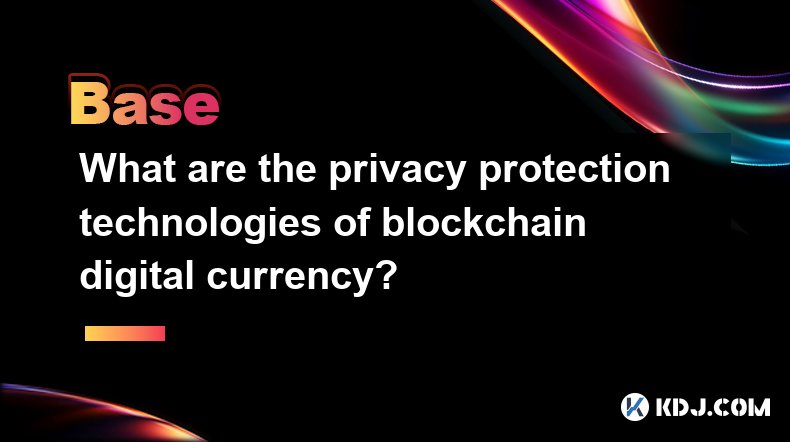
Key Points:
- Zero-knowledge proofs allow users to prove possession of information without revealing the information itself.
- Ring signatures enable transactions to be signed by one of several possible keys, obscuring the true sender.
- Confidential transactions hide the amounts transferred in a transaction.
- Mixing services shuffle coins between multiple users, making it difficult to trace the origin of funds.
- Decentralized mixers offer improved privacy compared to centralized services.
- Homomorphic encryption allows computations to be performed on encrypted data without decryption.
- Stealth addresses generate unique addresses for each transaction, preventing linking of transactions to a single user.
- Layer-2 scaling solutions like Lightning Network can enhance privacy by reducing on-chain activity.
What are the privacy protection technologies of blockchain digital currency?
Blockchain technology, while offering transparency, presents challenges to user privacy. Many transactions are publicly recorded on the blockchain, potentially revealing sensitive information about the sender and receiver. However, several privacy-enhancing technologies are being developed and implemented to address these concerns. These technologies aim to balance transparency with the need for user confidentiality.
Zero-Knowledge Proofs (ZKPs)
ZKPs are cryptographic techniques that allow one party to prove to another that a statement is true without revealing any information beyond the validity of the statement itself. In the context of cryptocurrencies, this means proving ownership of funds without exposing the actual transaction details. Different types of ZKPs exist, each with its strengths and weaknesses regarding efficiency and complexity.
Ring Signatures
Ring signatures allow a user to sign a transaction using one of multiple possible keys. The signature hides the identity of the actual signer among the group of potential signers, thus enhancing anonymity. This technology is particularly useful for protecting the sender's identity in cryptocurrency transactions.
Confidential Transactions
Confidential transactions aim to hide the amount of cryptocurrency being transferred in a transaction. This is achieved through cryptographic techniques that encrypt the transaction value while still allowing verification of the transaction's validity. This helps to protect the financial privacy of users.
Mixing Services
Mixing services, also known as coin tumblers, are designed to obscure the origin and destination of cryptocurrency transactions. They work by combining funds from multiple users and then redistributing them, making it difficult to trace the flow of funds. However, centralized mixing services carry risks, as they represent a single point of failure and potential vulnerability to attacks.
Decentralized Mixers
Decentralized mixing services aim to address the vulnerabilities of their centralized counterparts. By distributing the mixing process across multiple nodes, they reduce the risk of a single point of failure and enhance the overall security and privacy of the system. These services offer improved privacy compared to centralized solutions.
Homomorphic Encryption
Homomorphic encryption allows computations to be performed on encrypted data without the need to decrypt it first. This is a powerful tool for privacy-preserving computations in the context of blockchain technology. This enables the processing of sensitive data without revealing its contents, enhancing privacy while maintaining functionality.
Stealth Addresses
Stealth addresses are one-time addresses generated for each transaction, preventing the linking of multiple transactions to a single user. This makes it significantly harder to track the flow of funds and improves user privacy. This approach offers a layer of anonymity in cryptocurrency transactions.
Layer-2 Scaling Solutions
Layer-2 scaling solutions, such as the Lightning Network, can indirectly improve privacy. By moving many transactions off the main blockchain, they reduce the amount of publicly visible transaction data. This reduced on-chain activity contributes to improved overall privacy.
Frequently Asked Questions:
Q: Are these privacy technologies foolproof?
A: No, none of these technologies are completely foolproof. Sophisticated analysis, combined with metadata or other information leaks, can still potentially reveal information about transactions. The effectiveness of each technology depends on its implementation and the overall security of the system.
Q: How do these technologies balance privacy with transparency?
A: The goal is not complete anonymity but rather to enhance privacy while maintaining the core principles of blockchain technology, such as immutability and transparency. These technologies achieve this by obscuring specific details of transactions without compromising the overall verifiability of the blockchain.
Q: What are the risks associated with using privacy-enhancing technologies?
A: Some risks include the potential for these technologies to be misused for illicit activities. Furthermore, poorly implemented or insecure privacy technologies can be vulnerable to attacks, potentially exposing user data. Choosing reputable and well-audited implementations is crucial.
Q: Which privacy technology is the "best"?
A: There is no single "best" technology. The optimal choice depends on the specific privacy requirements and the trade-offs between security, usability, and efficiency. Often, a combination of several techniques is used to achieve a higher level of privacy.
Q: Are all cryptocurrencies equally focused on privacy?
A: No, different cryptocurrencies have different approaches to privacy. Some are designed with strong privacy features from the ground up, while others offer minimal privacy protections. Users should carefully research the privacy features of a cryptocurrency before using it.
Disclaimer:info@kdj.com
The information provided is not trading advice. kdj.com does not assume any responsibility for any investments made based on the information provided in this article. Cryptocurrencies are highly volatile and it is highly recommended that you invest with caution after thorough research!
If you believe that the content used on this website infringes your copyright, please contact us immediately (info@kdj.com) and we will delete it promptly.
- Kitten Craze Online: Hunting for the Purr-fect Coin Purse
- 2025-06-29 10:30:12
- Pudgy Penguins Soar to 3-Month High Amidst PENGU ETF Buzz!
- 2025-06-29 10:30:12
- AI Agents, Token Role, and Capitalization: Navigating the Web3 Frontier
- 2025-06-29 10:50:11
- Avalanche Price Forecast: Grayscale Boost Signals Potential Rally to $50?
- 2025-06-29 10:50:11
- Khazan's Getting a Facelift: Balance Changes and Freebies Galore!
- 2025-06-29 11:10:12
- Wall Street's Crypto Rival Battle: Saylor vs. Chanos and the Meme Coin Mania
- 2025-06-29 11:10:12
Related knowledge
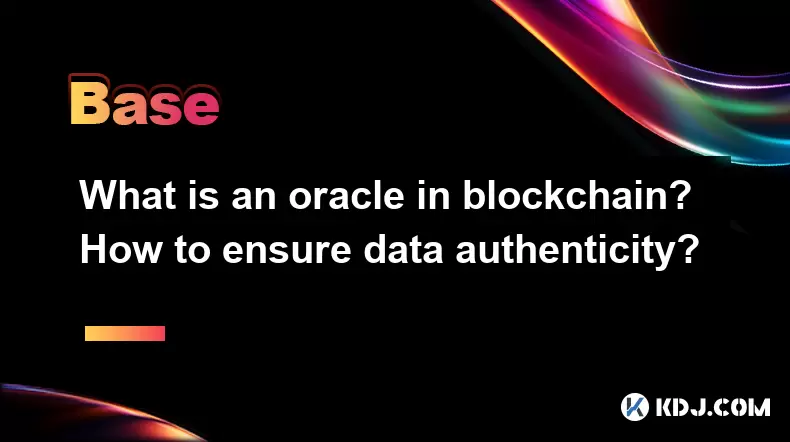
What is an oracle in blockchain? How to ensure data authenticity?
Jun 19,2025 at 08:49pm
Understanding the Role of an Oracle in BlockchainIn the context of blockchain technology, an oracle serves as a bridge between the blockchain and external data sources. While blockchains are inherently secure and decentralized, they cannot access real-world information on their own. Oracles enable smart contracts to interact with off-chain data such as ...

What are ICOs and IDOs in cryptocurrency? How to identify high-quality projects?
Jun 22,2025 at 11:49am
Understanding ICOs in CryptocurrencyInitial Coin Offerings (ICOs) are fundraising mechanisms used by cryptocurrency startups to raise capital for their projects. In an ICO, a company creates and sells its own tokens to investors in exchange for established cryptocurrencies like Bitcoin or Ethereum. The process typically involves the release of a whitepa...
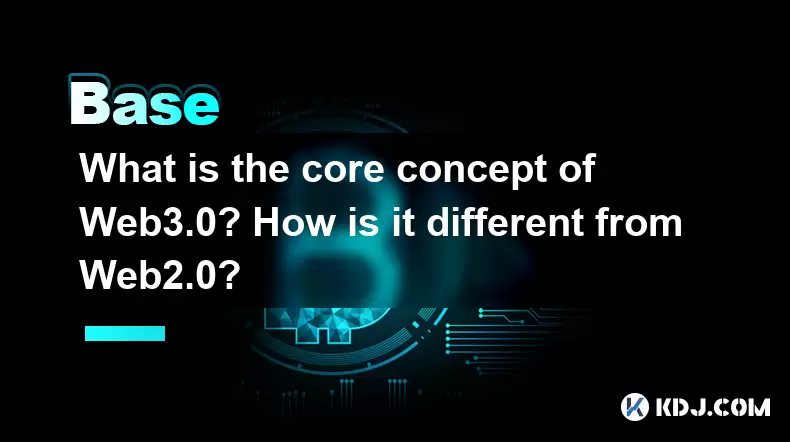
What is the core concept of Web3.0? How is it different from Web2.0?
Jun 21,2025 at 05:56pm
Decentralization as the Foundation of Web3.0The core concept of Web3.0 revolves around decentralization, which fundamentally challenges the centralized architecture of Web2.0. In Web3.0, control and ownership are distributed across a network rather than being held by a central authority or corporation. This is achieved primarily through blockchain techn...
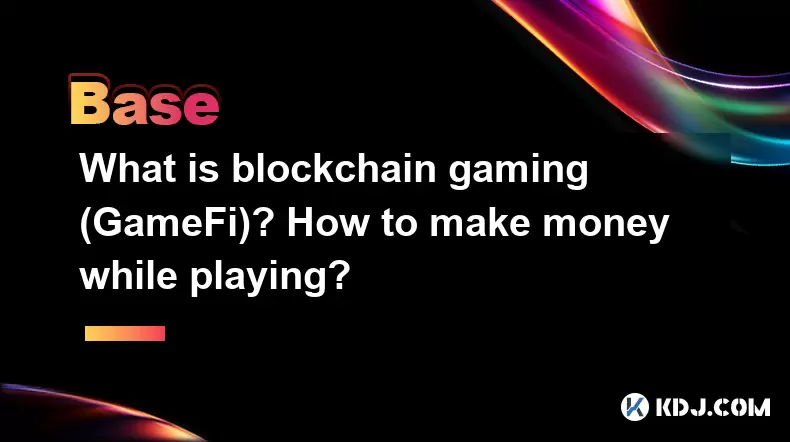
What is blockchain gaming (GameFi)? How to make money while playing?
Jun 20,2025 at 07:56am
Understanding Blockchain Gaming (GameFi)Blockchain gaming, often referred to as GameFi, is a fusion of blockchain technology and video games. It enables players to own in-game assets through non-fungible tokens (NFTs) and earn rewards via cryptocurrencies or token-based systems. Unlike traditional games where items are controlled by centralized develope...
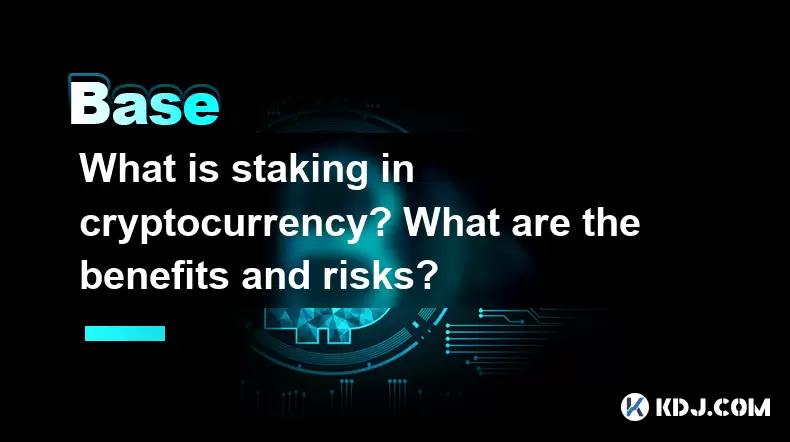
What is staking in cryptocurrency? What are the benefits and risks?
Jun 22,2025 at 10:01am
Understanding the Concept of Staking in CryptocurrencyStaking in cryptocurrency refers to the process of actively participating in transaction validation on a blockchain network that uses a Proof-of-Stake (PoS) consensus mechanism. Instead of miners competing to solve complex mathematical puzzles as in Proof-of-Work systems like Bitcoin, PoS blockchains...

How does the Lightning Network solve Bitcoin congestion? What is the usage process?
Jun 23,2025 at 06:21pm
Understanding Bitcoin Network CongestionBitcoin, as a decentralized digital currency, operates on a blockchain that records every transaction in a public ledger. Each block has a limited size, typically 1 megabyte, which allows for only a certain number of transactions per second (TPS). When the number of transactions increases, the network becomes cong...

What is an oracle in blockchain? How to ensure data authenticity?
Jun 19,2025 at 08:49pm
Understanding the Role of an Oracle in BlockchainIn the context of blockchain technology, an oracle serves as a bridge between the blockchain and external data sources. While blockchains are inherently secure and decentralized, they cannot access real-world information on their own. Oracles enable smart contracts to interact with off-chain data such as ...

What are ICOs and IDOs in cryptocurrency? How to identify high-quality projects?
Jun 22,2025 at 11:49am
Understanding ICOs in CryptocurrencyInitial Coin Offerings (ICOs) are fundraising mechanisms used by cryptocurrency startups to raise capital for their projects. In an ICO, a company creates and sells its own tokens to investors in exchange for established cryptocurrencies like Bitcoin or Ethereum. The process typically involves the release of a whitepa...

What is the core concept of Web3.0? How is it different from Web2.0?
Jun 21,2025 at 05:56pm
Decentralization as the Foundation of Web3.0The core concept of Web3.0 revolves around decentralization, which fundamentally challenges the centralized architecture of Web2.0. In Web3.0, control and ownership are distributed across a network rather than being held by a central authority or corporation. This is achieved primarily through blockchain techn...

What is blockchain gaming (GameFi)? How to make money while playing?
Jun 20,2025 at 07:56am
Understanding Blockchain Gaming (GameFi)Blockchain gaming, often referred to as GameFi, is a fusion of blockchain technology and video games. It enables players to own in-game assets through non-fungible tokens (NFTs) and earn rewards via cryptocurrencies or token-based systems. Unlike traditional games where items are controlled by centralized develope...

What is staking in cryptocurrency? What are the benefits and risks?
Jun 22,2025 at 10:01am
Understanding the Concept of Staking in CryptocurrencyStaking in cryptocurrency refers to the process of actively participating in transaction validation on a blockchain network that uses a Proof-of-Stake (PoS) consensus mechanism. Instead of miners competing to solve complex mathematical puzzles as in Proof-of-Work systems like Bitcoin, PoS blockchains...

How does the Lightning Network solve Bitcoin congestion? What is the usage process?
Jun 23,2025 at 06:21pm
Understanding Bitcoin Network CongestionBitcoin, as a decentralized digital currency, operates on a blockchain that records every transaction in a public ledger. Each block has a limited size, typically 1 megabyte, which allows for only a certain number of transactions per second (TPS). When the number of transactions increases, the network becomes cong...
See all articles

























































































